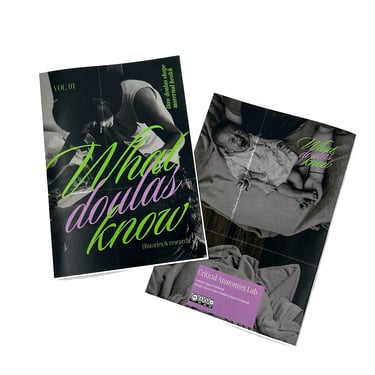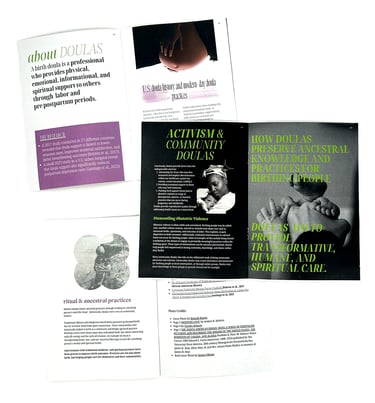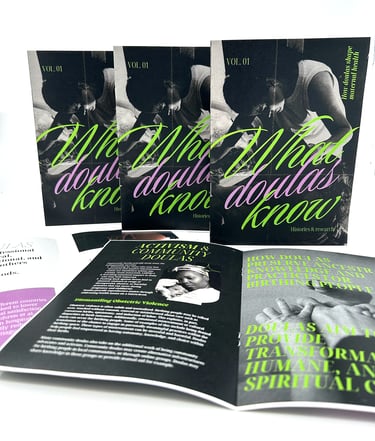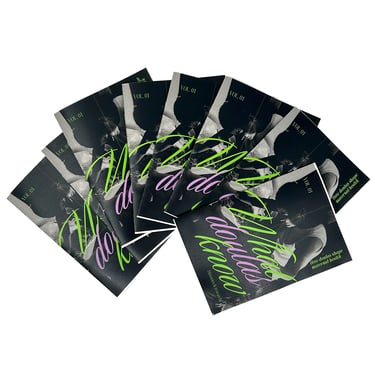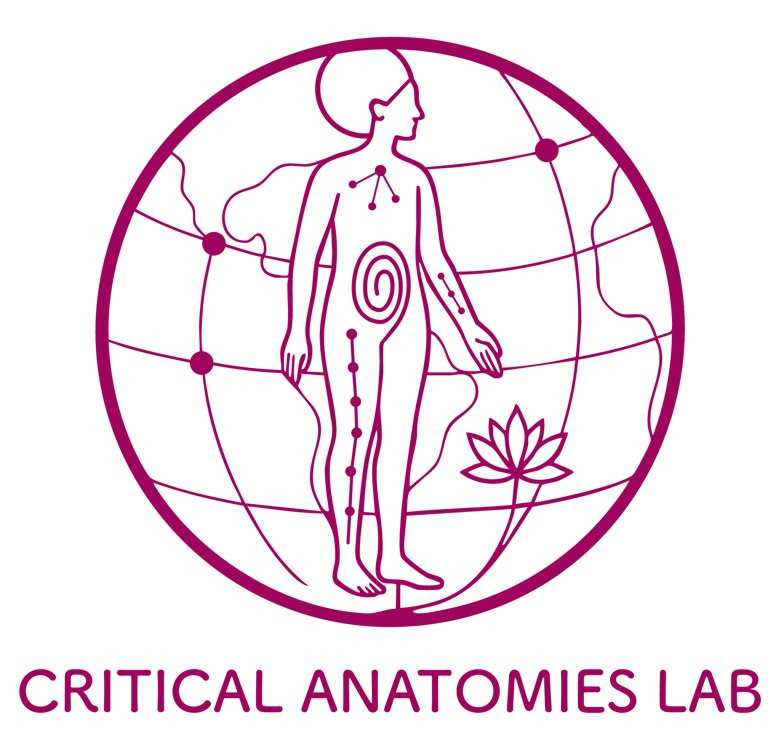We treat design as an avenue for healing and community building. This is not an abstract idea. This means committing to transformative practices whereby groups of people can devise collective visions for the worlds we want to live in. We build on the history of graphic design as a tool for supporting community-based initiatives, and believe in the cathartic potential of working with images to support action-research, somatic pedagogies, participatory spaces, and body mapping encounters. We develop visual identities for each community-based project in the lab, which function as aesthetic experiences that communities can relate to.
Corporeal Practices for Self-Knowledge and Relaxation
This book was designed to accompany bodily practices in participatory and body mapping spaces. The book introduces five bodily practices that conduce to relaxation and self-knowledge, and provides readers with options for modifying them according to their preferences, so they can really be embodied and embedded as everyday routines.
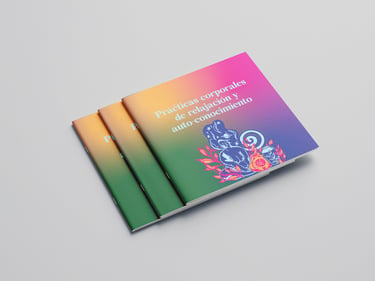
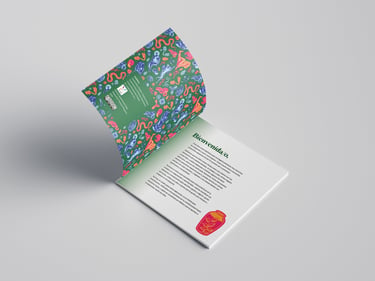
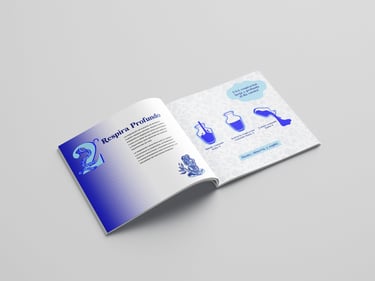
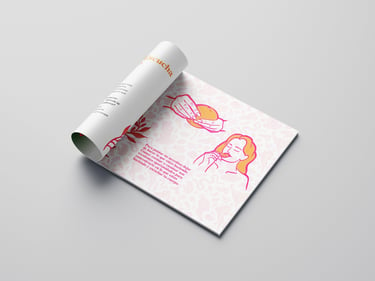
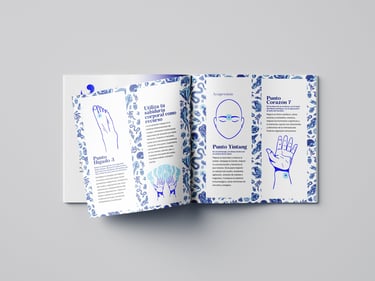
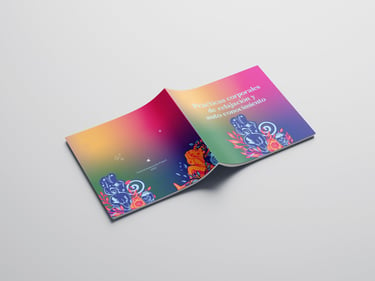






Symbols and visual narratives to talk about birth with Latinx mothers
Each body mapping experience is an encounter with the symbolic and the metaphoric in the body. For the mapping project of postpartum experiences, we developed a visual identity and a care package that explores notions of birth from ancestral and cosmological perspectives.
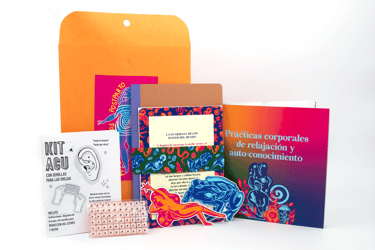
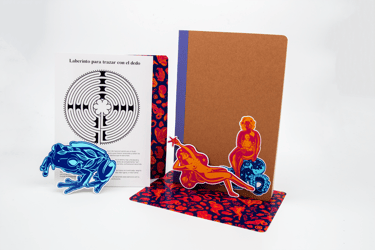
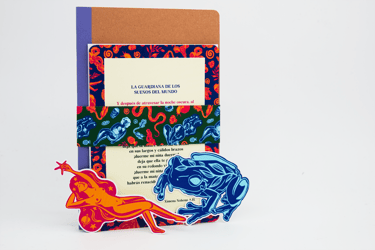
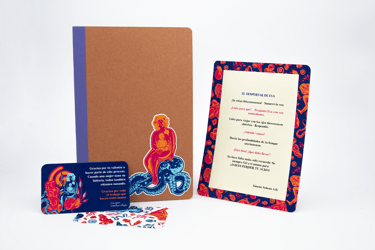
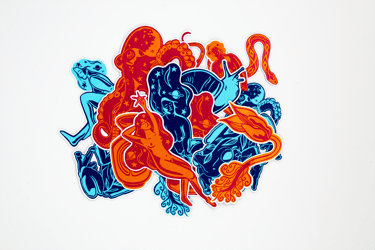
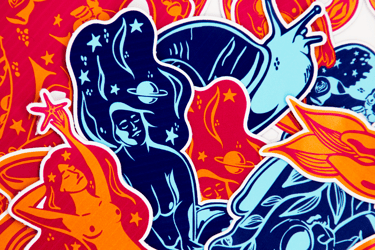






Visual narratives to talk about home visiting and doula work
For the Body Mapping project with Doulas and Home Visitors, we developed a series of symbols and illustrations that capture the essence of the work they do, and the support they provide to communities. The visual identity resonated with participants and played a major role in enabling conversations and connections about the visual and symbolic aspects of their work.
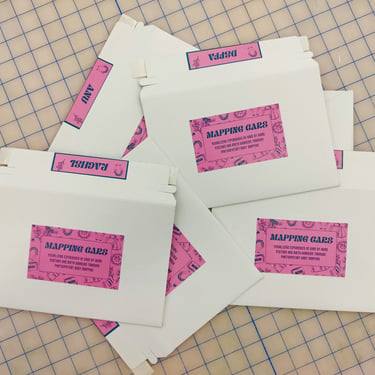
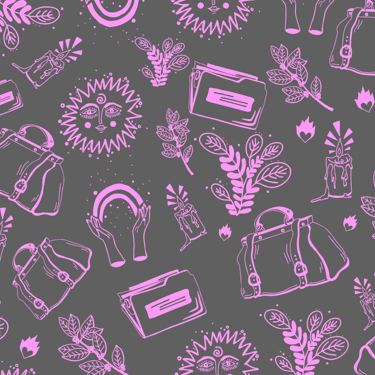
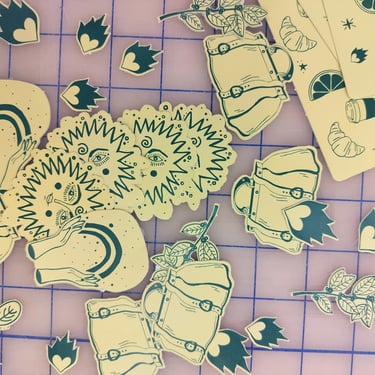
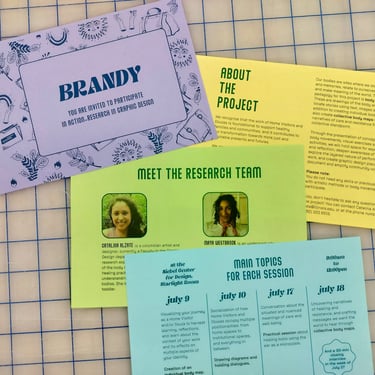
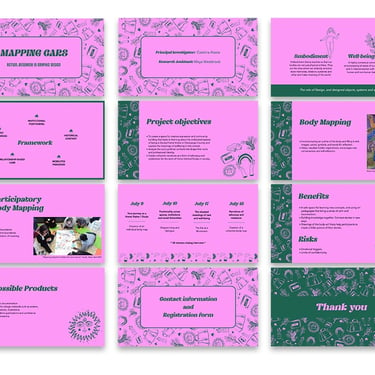
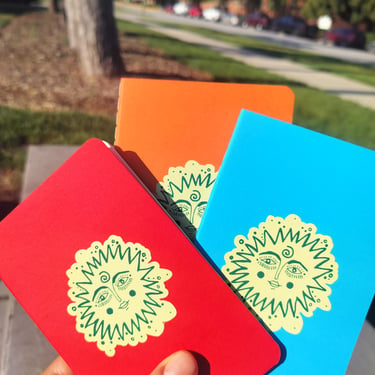
What Doulas Know: A zine series
This series was prepared as part of the body mapping process with Community-based doulas. Volume 1 centers on the history of Doula care and the multiple types of support that doulas provide to pregnant people, families and communities. Volumes 2 and 3 (coming soon) deal with the histories and context that are the backdrop of Doulas work, such as forced sterilizations and obstetric violence.
